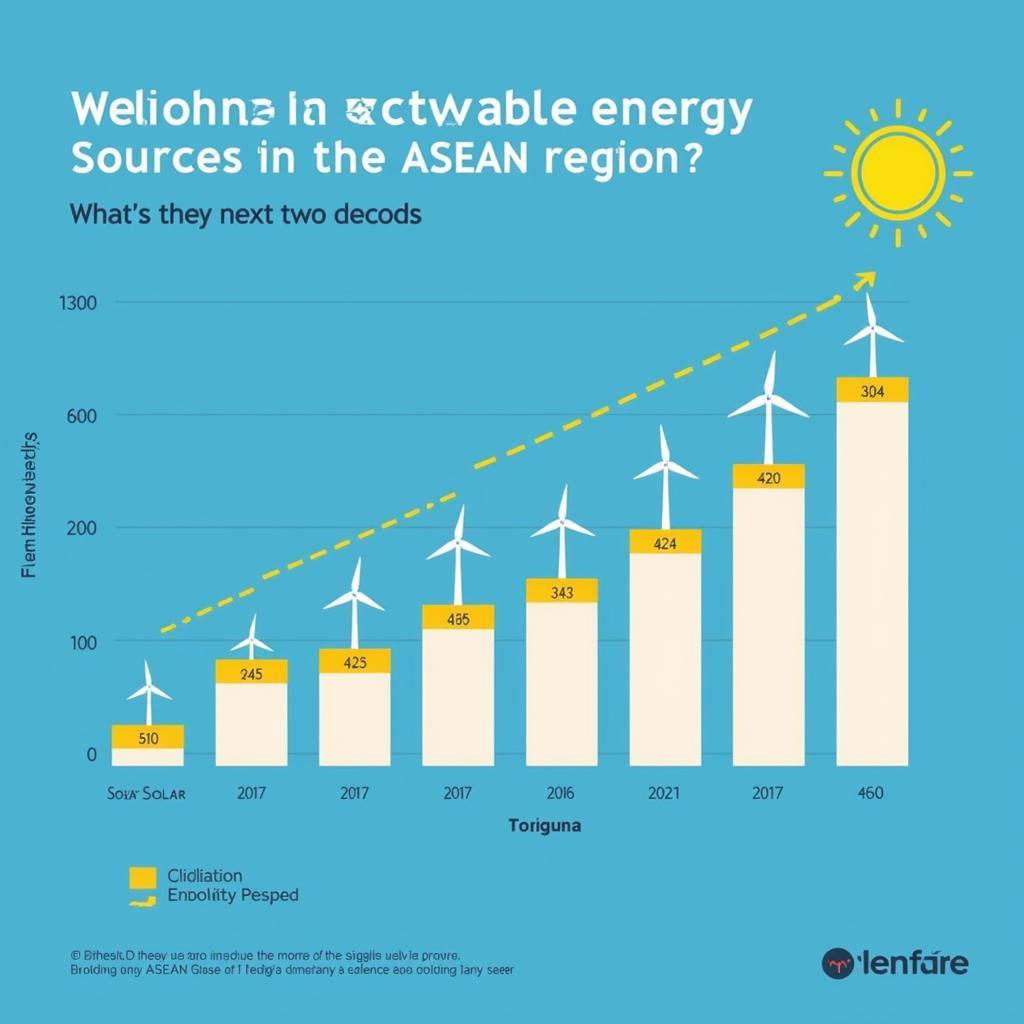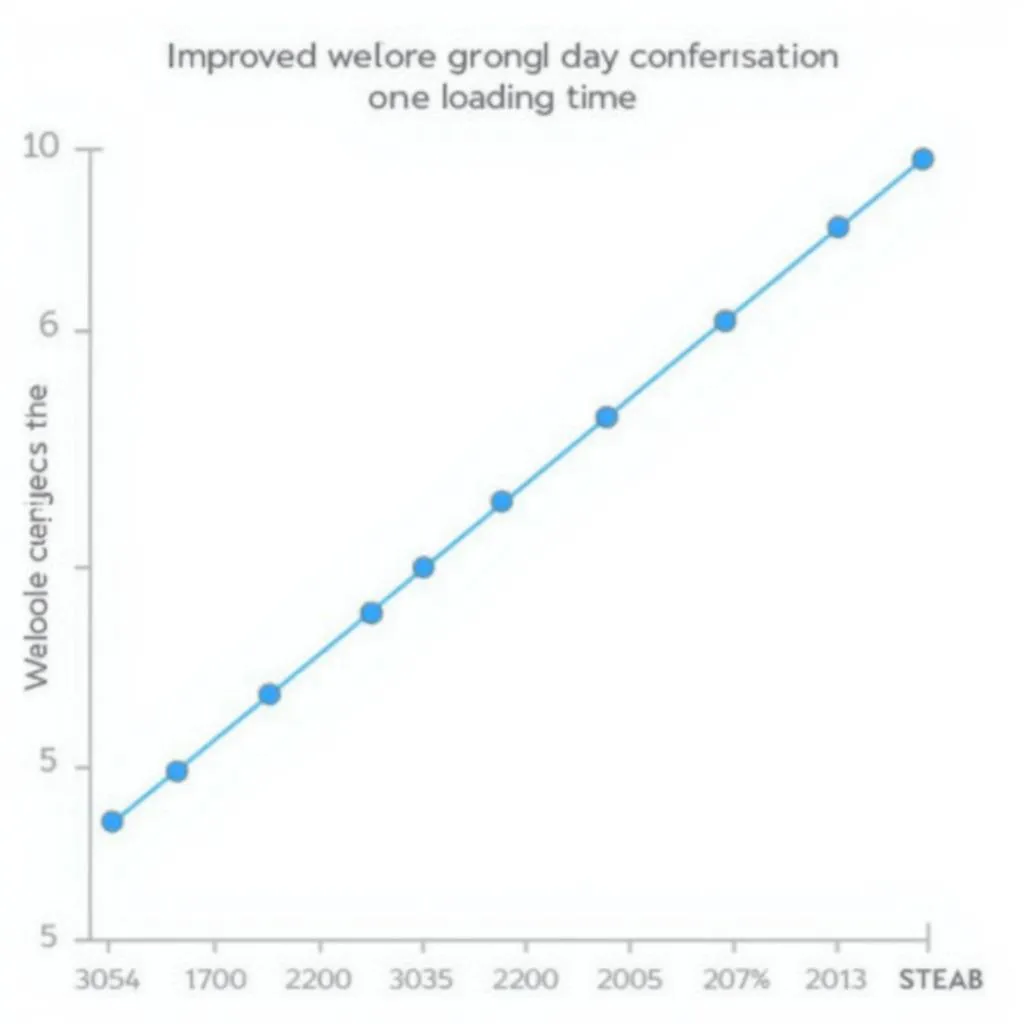The 7th Asean Energy Outlook (AEO7) serves as a compass for Southeast Asia’s energy future, providing invaluable insights into the region’s energy landscape and charting a course towards a sustainable and secure energy system. This comprehensive outlook analyzes key trends, projects future energy demand, and explores potential pathways for ASEAN member states to meet their energy needs while addressing environmental concerns and fostering economic growth.
Unpacking Southeast Asia’s Energy Demand: A Deep Dive into AEO7 Projections
The AEO7 paints a vivid picture of Southeast Asia’s burgeoning energy demand, driven by robust economic expansion, rapid urbanization, and a growing population. The report projects that the region’s total primary energy supply will more than double by 2040, with fossil fuels remaining a significant contributor.
However, AEO7 also emphasizes the importance of diversifying the energy mix and accelerating the deployment of renewable energy sources.
The Crucial Role of Renewables in ASEAN’s Energy Future
Recognizing the urgent need to address climate change and reduce carbon emissions, AEO7 advocates for a significant shift towards cleaner energy sources. Solar, wind, and other renewable energy technologies are poised to play a pivotal role in ASEAN’s energy transition, with the report projecting their share in primary energy supply to triple by 2040.
 Renewable Energy Growth in ASEAN
Renewable Energy Growth in ASEAN
ASEAN’s Energy Efficiency Imperative: Doing More with Less
Alongside the adoption of renewables, energy efficiency emerges as a cornerstone of a sustainable energy future for ASEAN. The AEO7 underscores the immense potential for energy savings across various sectors, including buildings, industry, and transportation. Implementing energy efficiency measures not only reduces energy consumption but also yields economic benefits, enhances energy security, and mitigates environmental impact.
Fostering Regional Energy Integration: A Key Strategy for ASEAN
Recognizing the interconnected nature of energy systems, AEO7 highlights the importance of strengthening regional energy cooperation and integration. Enhanced cross-border electricity trade, joint development of energy infrastructure, and sharing of best practices are crucial steps towards a more resilient and interconnected ASEAN energy market.
Expert Insights: A Look Ahead
“The 7th ASEAN Energy Outlook provides a roadmap for the region’s energy future, emphasizing the need for a balanced approach that integrates economic growth, energy security, and environmental sustainability,” says Dr. Nguyen Van Minh, a leading energy expert at the ASEAN Centre for Energy. “By embracing renewable energy, enhancing energy efficiency, and fostering regional cooperation, ASEAN can pave the way for a cleaner, more secure, and prosperous energy future.”
Conclusion: Charting a Sustainable Energy Future for ASEAN
The 7th ASEAN Energy Outlook offers a comprehensive analysis of the region’s energy landscape, highlighting both challenges and opportunities. By embracing the report’s recommendations, ASEAN member states can navigate the complexities of energy transition, ensuring a sustainable, secure, and inclusive energy future for all. The AEO7 stands as a testament to the region’s commitment to collaborative action and a shared vision for a brighter energy future.
FAQ
1. What is the main purpose of the ASEAN Energy Outlook?
The ASEAN Energy Outlook (AEO) provides a comprehensive analysis of the region’s energy landscape, including projections for energy demand, supply, and investments. It serves as a guide for policymakers and stakeholders in developing effective energy strategies.
2. What are the key findings of the 7th ASEAN Energy Outlook?
AEO7 projects significant growth in energy demand driven by economic and population growth. It emphasizes the importance of renewable energy, energy efficiency, and regional energy integration in meeting this demand sustainably.
3. How does the AEO7 address energy security concerns in ASEAN?
The report highlights the importance of diversifying energy sources, strengthening regional energy cooperation, and enhancing energy infrastructure to mitigate risks and ensure a stable and reliable energy supply.
4. What is the role of technology in achieving the AEO7’s vision?
Technological advancements in renewable energy, energy storage, and smart grids are crucial for enabling the transition to a cleaner and more efficient energy system in ASEAN.
5. How can I access the full 7th ASEAN Energy Outlook report?
The full report and related publications can be accessed on the ASEAN Centre for Energy (ACE) website.
Need further assistance? Contact us:
Phone: 0369020373
Email: [email protected]
Address: Thon Ngoc Lien, Hiep Hoa, Bac Giang, Vietnam.
Our dedicated customer support team is available 24/7 to assist you.
